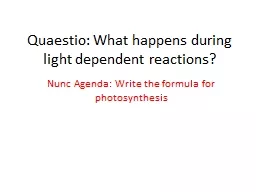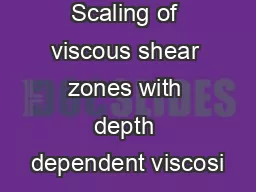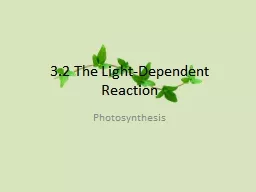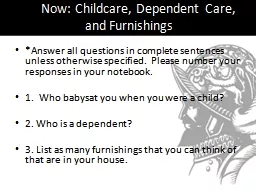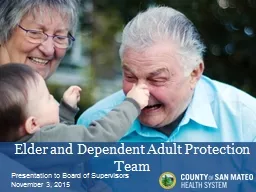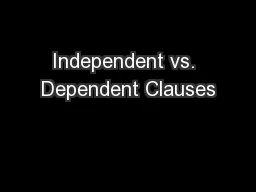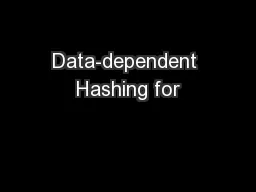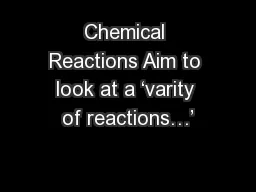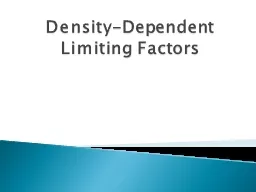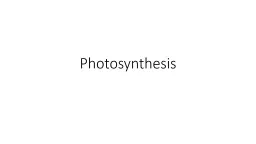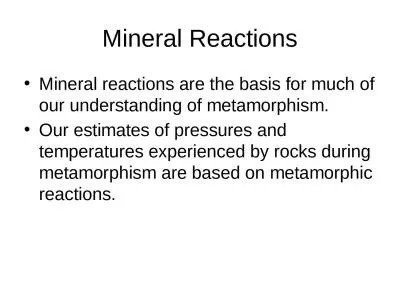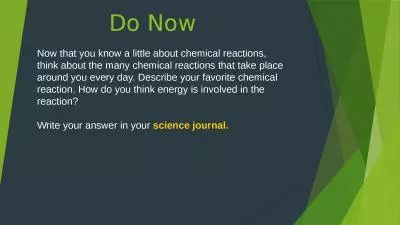PPT-Quaestio: What happens during light dependent reactions?
Author : pamella-moone | Published Date : 2017-08-23
Nunc Agenda Write the formula for photosynthesis Quaestio How do plants capture the suns energy Nunc Agenda What do you think photolysis means The Plant Cell Chloroplast
Presentation Embed Code
Download Presentation
Download Presentation The PPT/PDF document "Quaestio: What happens during light depe..." is the property of its rightful owner. Permission is granted to download and print the materials on this website for personal, non-commercial use only, and to display it on your personal computer provided you do not modify the materials and that you retain all copyright notices contained in the materials. By downloading content from our website, you accept the terms of this agreement.
Quaestio: What happens during light dependent reactions?: Transcript
Download Rules Of Document
"Quaestio: What happens during light dependent reactions?"The content belongs to its owner. You may download and print it for personal use, without modification, and keep all copyright notices. By downloading, you agree to these terms.
Related Documents

